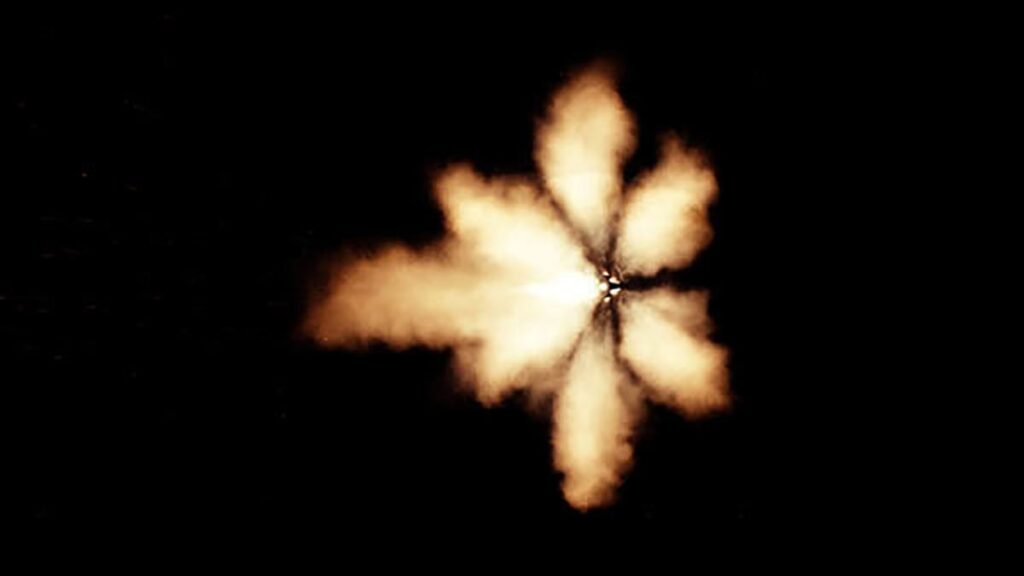
If you want to minimize your shooting signature or make the best use of night vision equipment, you must know the best ways to reduce reduce AR-15 muzzle flash.
There are primarily 3 ways to reduce muzzle flash:
- Flash Hiders
- Suppressors
- Ammunition Choices
We will explore each of these in more depth, but let’s first look at the larger topic of muzzle flash in general.
Mega Muzzle Flash
Shorter guns are now the rage whether they’re rifles, pistols, or shotguns. Although often handier, the tradeoff includes increased muzzle blast and flash. Blast will be readily apparent, especially within the confines of covered firing lines or indoor ranges.
By today’s standards, a 20-inch .223/5.56 A2-style AR-15 is considered fairly long. More are 16-inches or less, attached to various AR-15s configured as carbines, short-barreled rifles (SBRs), or pistols. The shorter versions gained early favor with some military and law enforcement units for use in close quarters but, nowadays, they’ve become a popular civilian choice for home defense.
The muzzle ends of these AR-15s are fitted with devices carefully chosen to minimize concussion and flash. On the civilian side though, anything goes from good picks to cool-looking gadgets or, sometimes nothing. The latter can be the result of onerous restrictions banning threaded muzzles.
Those ARs with bare muzzles could experience quite a light show, especially with hotter cartridges. The .223 Remington/5.56 NATO is now hugely popular in all of the above AR-15 iterations. Let’s see how it fares.
AR-15 Pistols or Short-Barreled Rifles
How about an AR-15 with a barrel of around 11 ½-inches?
In my Vietnam days we recaptured an M-16 that was an interesting example of an early AR pistol. The enemy had discarded its stock and cut the barrel back to the above length (probably because of battle damage). The gas tube was gone but the action could be manually cycled. It seemed sound enough to fire, so Yours Truly was elected.
Using standard M-193 5.56 Ball, the first shot produced a spectacular fireball and a hideously concussive report. I’d expect no less from any of today’s AR pistols without some sort of muzzle device. A .308 version should be more thrilling.
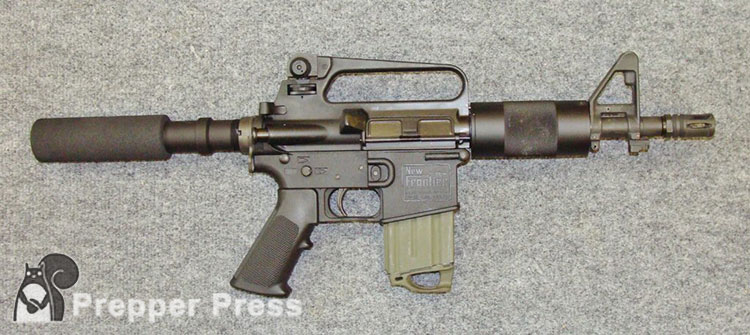
Carbines and Rifles
The following involves a “long” 20-inch .223 Remington barrel.
One December evening around a dozen years ago, just before the end of legal shooting hours, I caught movement in a brushy edge of a field off to my left. The binoculars revealed a bobcat slowly sneaking toward coyote bait located 100 yards from my blind. The evening was heavily overcast with light drizzle, so what little daylight remained was rapidly fading. Typical of bobcats, this one wasn’t in a hurry. Finally, it popped into view beside the bait, presenting a brief opportunity for a shot.
Without delay, I found the cat in my scope and centered the crosshairs on its chest. When I squeezed the trigger all hell broke loose, starting with a dazzling fireball that turned the scope’s image bright orange. Pulling my head off the stock, I caught one fleeting glimpse of the bobcat as it wildly pirouetted into thick brush and vanished.
Full darkness then set in so I hiked out and returned the next morning in search of clues. As it turned out the cat was hit spot-on and only traveled 30 yards. This particular .223 was a bolt-action but its 20-inch barrel was similar to a number of 5.56 M-16 and AR-15s I’ve used for decades. The big surprise was the intense flash of its bare muzzle – with that particular load.
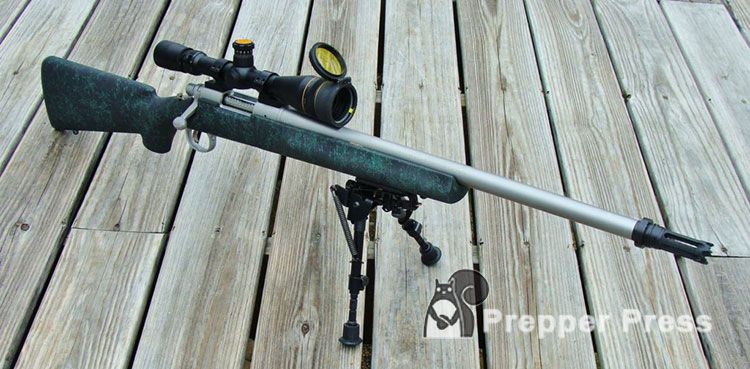
Muzzle Devices?
The majority ARs are equipped with a flash hider which is often an A2 cage. Although flash is reduced, problems can still arise during darkness.
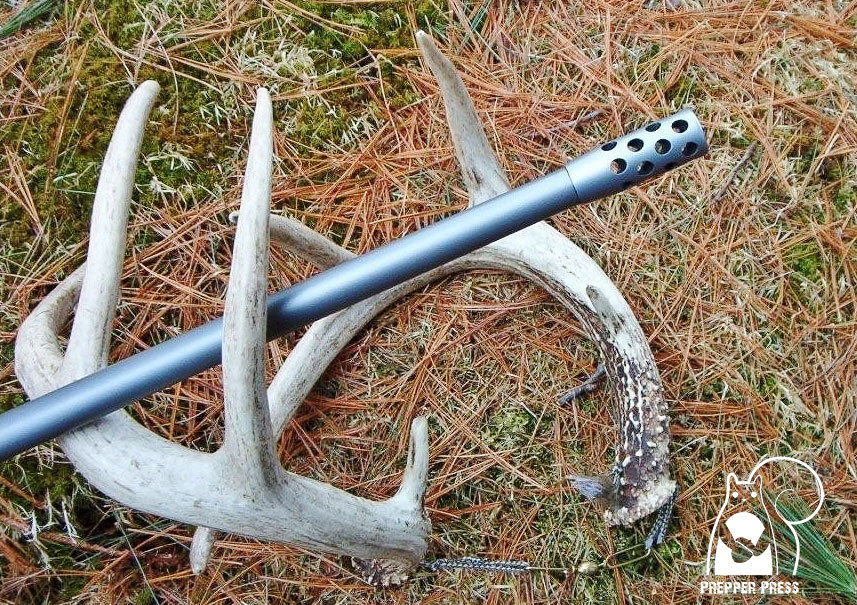
Once our winter coyote night season commences, the firearm of choice becomes an AR-15, equipped with a night vision (NV) scope. On the job, we use similar systems, all of which require effective flash hiders.
NV devices are often “gated” to temporarily shut down upon exposure to bright light, preventing damage to their sensitive intensifiers. The flash from our A2 devices was bright enough to activate this feature and, early on, it cost us a few coyotes. Of greater concern was the tactical aspect. Trial and error eventually led to effective muzzle devices that covered all uses 24/7, with or without NV.
The fix, of course, was a highly effective flash hider. Low-flash loads also help. Let’s look at these further.
3 Ways to Reduce AR-15 Muzzle Flash
There is no perfect solution to reducing muzzle flash, but there are solutions.
#1 – Flash Hiders
Most muzzle devices fall into separate categories of recoil-reducing compensators, blast diverters, and flash hiders. Some compensators (muzzle brakes) can actually increase flash. A few others are multi-purpose. Some supposedly work well, however, the majority of my experience involves the flash hiders you’ll see below.
A few years ago we modernized our agency’s AR-15s through a large inventory of carbines, configured similarly to military M4s. Prior to their adoption we’d done a bunch of testing. Three devices that greatly reduced flash were the Surefire, Smith Enterprises Vortex, and Yankee Hill Machine’s Phantom. All of these will fit standard 1/2×28 threads (or .30-caliber 5/8×24). No doubt, other good brands exist but I’m sticking with first-hand experience.
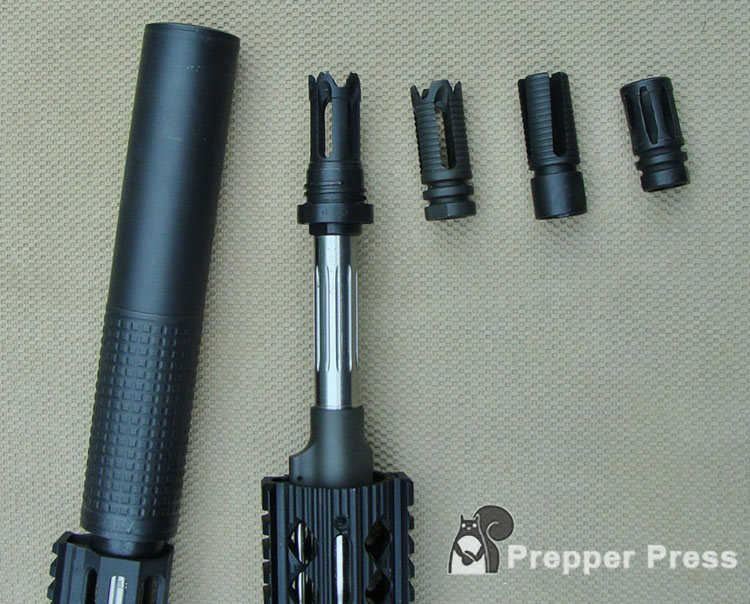
The flash hiders pictures above (from left to right) include the YHM suppressor, YHM QD Phantom, standard YHM Phantom, Vortex, and A2 birdcage.
We went with the Vortex, which has open prongs similar to the early M-16 type. The Vortex will almost totally eliminate flash. Its prongs, however, may catch on brush or gun cases. Occasionally during a night fire we’ll cork off an A2 type just to demonstrate the difference. Depending on the load, you may see no flash at all with a Vortex!
For personal use though, my ARs (and some other guns) are fitted with YHM Phantoms, designed for QD mounting of the manufacturer’s “can.”
#2 – Suppressors
Beyond a quiet report, suppressors (or cans) will eliminate flash. Downsides are the associated costs, legal requirements, and their extra size and weight. Some folks, including me, purchase one suppressor and switch it among various firearms via QD muzzle-devices.
My YHM suppressor sees use on several 5.56, .300 Blackout, and .308 firearms from ARs through bolt-actions. At the moment, it’s attached to a .300 BLK AR pistol for use with an NV scope. It’s hell on coyotes with subsonic loads, but a switch to an Aimpoint provides a viable home defense gun. Meanwhile, the other firearms equipped with QD Phantoms still have effective flash hiders.
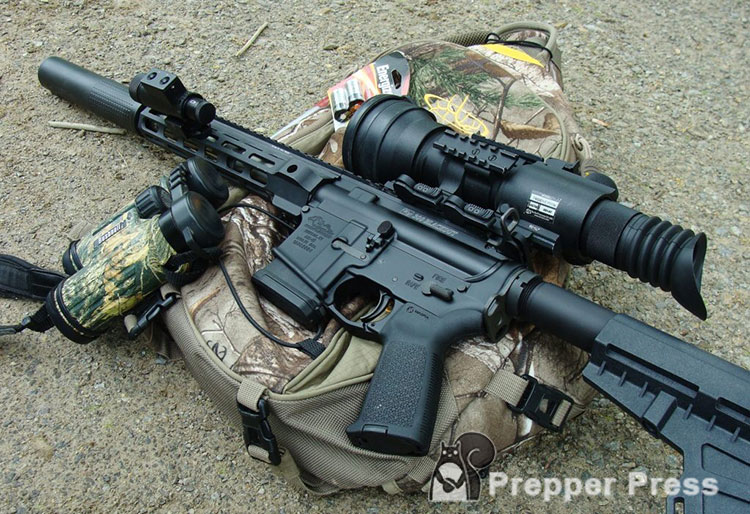
#3 – Ammunition Choices
I’ve written on the various ballistics of different AR-15 cartridges before. It’s surprising what the differences can be between ammunition coming from the same firearm, and that is no different when it comes to AR-15 muzzle flash.
Powerful cartridges typically burn more powder. Thus, they require greater bore volume to achieve maximum combustion – which also reduces flash. Indoors, a 16-inch .308 could be horribly bright and concussive. A 5.56 won’t be pleasant either.
Because my agency often operates within steel and concrete environments, we looked at 9mm SBRs (also one of my choices for the best bug out guns). We wound up with suppressed 5.56 versions to simplify logistics, but since personal residences are less heavily constructed, a 9mm carbine makes sense. If at all possible, shop for loads with flash-retardant propellants which can make a big difference. These are more specialty loads that you won’t find in bulk ammo deals, but they will help reduce muzzle flash if that is your primary objective. A basic 16-inch 9mm will sound more like a .22 rifle and generate only minimal flash, but even pistol-length versions are surprisingly tolerable.
Does Muzzle Flash Concern You?
Some people just don’t care about muzzle flash, and that’s fine. It matters significantly less if you primarily shoot during daylight hours, but if you have to shoot at night and don’t want to give away your position, how big your shooting signature is will make a big difference.
Thoughts, comments, or suggestions? Let us know in the comments.

1 comment
Does that Vortex need timing (AR15)? I’ve read it doesn’t matter, user preference, time it this way and that, etc. Thank you